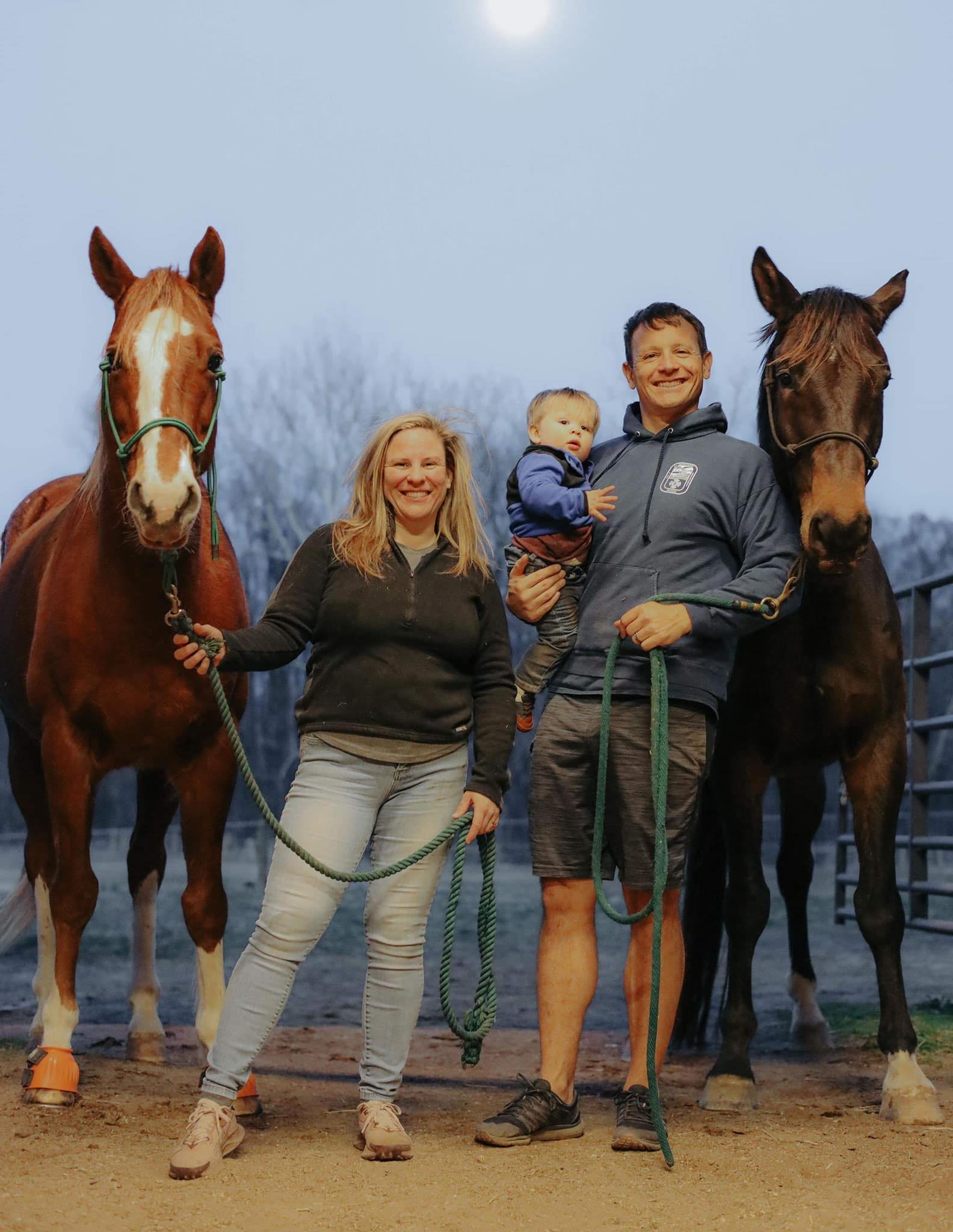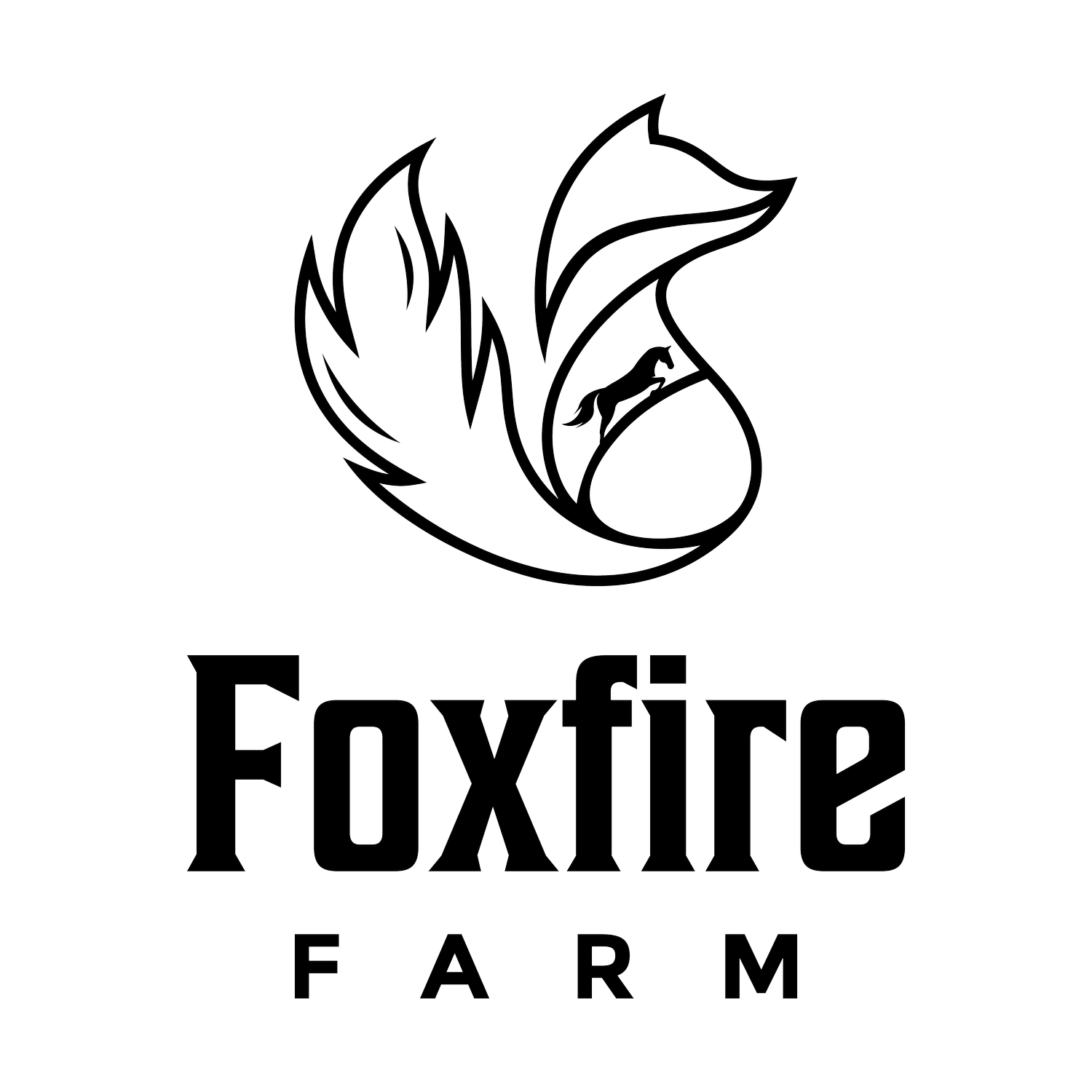How to Use a Half (or Whole) Hog Share
Buying a whole or half share of an animal can seem intimidating. Aside from, “where will I store it?” you are likely also wondering, “how will I cook with it?” Don’t worry - we are here to help!
Having a supply of food to sustain your family for an extended period of time is important. I think we all realized during the pandemic that our food supply is not as secure as we perhaps once thought, and being able to make it through a week, month, or season without dependence on outside forces is such a secure feeling. Whether to get through a winter or an emergency, stockpiling food is always a good idea, and knowing that you have all the meat you need for 6 months or a year is very satisfying and easy to plan around. Learning to cook and use new or unfamiliar cuts can be a challenge, yet it is a great way to expand our culinary prowess and pallet!
Purchasing a whole or half share of an animal has a lot of other benefits, as well. Building a relationship with your local farmers ensures your food is the freshest and most nutrient-dense it can possibly be. It cuts down on the carbon emissions and waste run-off that are the bi-product of the factory-farm-to-grocery-chain system that supplies most households. Though grocery store prices are often lower, it is important to realize that they are kept “artificially cheap” by the corners cut and ethics crossed in order to produce meat at those prices.
By getting to know the farmer who grows your food, you can support the morals that you value with your grocery dollar, and you can feel good in knowing exactly what their growing practices are and how your food was raised. You can know, for example, if the hog you are buying was raised ethically out on pasture in the fresh air and sunshine, had the opportunity to root in the earth, was moved onto new fields regularly, and had a varied diet that enhances its nutritional profile, as well as the flavor. You can often visit the farm and be assured that your meat isn’t coming from a concentrated feed lot, eating an unnatural diet and living in a pathogen-rich environment. The overwhelming majority of farmers on small, family farms truly care for their animals, and buying a whole or half share ensures that the entire animal is used and its life has been respected.
Eating all of the cuts of meat on an animal ensures that we are eating a proportionate amount of a variety of nutrients. Each cut has a different nutritional profile, fats, and value for our bodies, and consuming the whole animal ensures our bodies are getting the benefits of every cut.
But where to store all this meat and how to use it? A half hog will generally take up about 5 cubit feet of freezer space. A chest freezer works great for this. In many circumstances, when you order a share of an animal, you can speak directly with the butcher to customize the cuts that you receive. For a half hog, you will often receive a ham, bacon, pork chops, sausage, roasts, ribs, ham hocks, and lard. Here are some uses for each!
Ham: Brown Sugar Mustard-Glazed Ham
Bacon: Oven Bacon
Pork Chops: Juicy Skillet Pork Chops
Pork Butt: Best Damn Pork Butt Roast
Ribs: Easy, Fall Off the Bone Oven Baked Ribs
Sausage: Homemade Pork Sausage Patties
Ham Hocks: How to Cook Ham Hocks
What do you think? Are YOU ready to take the leap to stockpile your own food supply and to try out some new cooking techniques? Our half hog shares are available for purchase now and will be ready at the end of December. We look forward to hearing all the ways that adding to your food security helped YOU!
Warmly,
Shari




